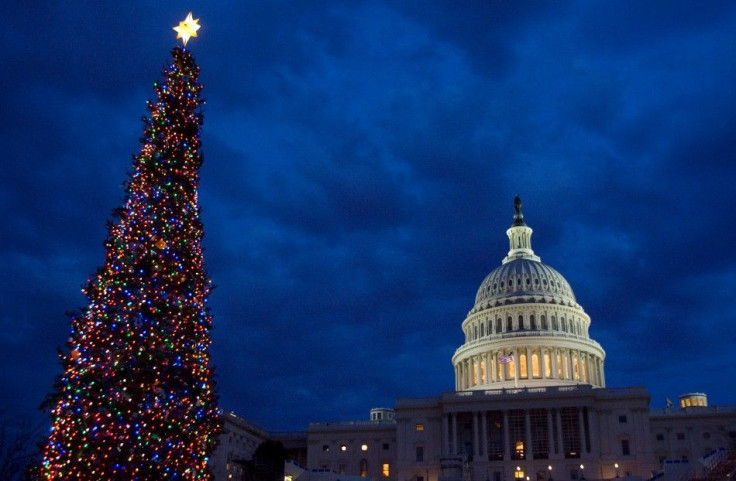The Christmas Tree Tax: Insiders Respond and What It Means for the Consumer

Read the updated story here.
A 15-cent increase in the price on fresh Christmas trees has some industry leaders cheering while others are up in arms.
The Obama administration and the Agriculture Department announced on Wednesday that it will impose a 15-cent charge on all fresh Christmas trees to support a federal program to improve the image, branding, and advertising of Christmas trees. This program will be run similar to the Got Milk ad.
It is the same structure, same regulatory authority, said Bryan Ostlund in a phone interview. Ostlund is the Executive Director of Pacific Northwest Christmas Association.
The Christmas tree industry petitioned the USDA for a 15-cent tax on each harvested tree each year, said Ostlund. He continued to explain that the tax is expected to bring in $1 million to $2 million.
Ostlund reassured that whatever the program takes in will be enough to cover the cost of a national advertising campaign.
So, in the coming years, there could be a new catchy slogan about Christmas trees on billboards and magazines.
I have been involved in other programs in the blueberry industry. They started operating on 100,000 dollars. Now their operating budget just passed the $4 million mark, said Ostlund.
A 12-member board will distribute the money for ads and promotions as well as for research. The USDA hopes that it will promote a favorable image of Christmas trees to the general public.
This will largely be a self-regulated program by the industry. The national Christmas tree organizations needed the USDA's authority to conduct such an operation.
This was very much an industry driven concept, said Richard Moore, a former Cornell professor and the Director of the Christmas Tree Growers Association, in a phone interview.
Fresh tree sales had a steady decline in recent years. About 31 million Christmas trees were sold in 2007 compared to 37 million in 2007, according to the Agriculture Department. Sales on artificial trees continue to increase.
However, this tax was being considered since the Bush administration. The National Christmas Tree Association set up an investigative body in 2008 to determine how they can improve declining fresh tree sales.
I don't think I would call it a tax, I would call it an assessment, said Moore. We really go to set the rules in the frame work. We decided to do 15 cents a tree. That is why if you produce less than 500 trees a year you don't have to pay.
Here is my question. How would any former know to do that, asked Robert Brown. Brown and his wife run two small choose-and-cut farms Upstate New York. He claimed many small farmers are unaware of this change and the possibility to opt-out.
He said that this new plan was heavily driven by the National Christmas Tree Association as a way for large organizations to make money.
I believe this is directed for the benefit for the large growers, said Brown.
He and his wife run two small choose-and-cut farms Upstate New York. He said that this new plan was heavily driven by the National Christmas Tree Association as a way for large organizations to make money.
Now all of a sudden we have to pay for advertising for the big growers because they are losing ground because of the artificial tree, said Brown.
Brown continued to explain that most independent farmers pay for their own advertising. He does not believe it is fair that he has to contribute to a national advertising program when his sales have been going up.
We don't know what their goals and objectives and what they will be doing other than marketing. Most of the small growers all ready do their own marketing, said Brown.
Brown also suggested that independent farmers will not be represented on the national board. Moore refuted those claims.
Well, I wouldn't necessary second guess that. If someone wrote a good application for the USDA, as long as they are constructive, they can be included, said Moore. They want to be inclusive, they want diversity. They certainly don't won't a good ol' boy board.
Moore also suggested that cost of doing business will only increase minimally.
This is just a minor cost of doing business, said Moore. I don't see the 15-cents being a really significant cost.
After three years, growers and importers will vote on whether to continue the program.
However, as the national Christmas tree organizations across the country sort out their differences and begin to distribute the earnings from the program, Ostlund commented on the most important thing. He claimed that the average Christmas tree consumer should not see any dramatic price increase in the coming years.
From a consumer standpoint, I wouldn't think it will really affect the consumer in anyway.
Read the updated story here.
© Copyright IBTimes 2025. All rights reserved.





















